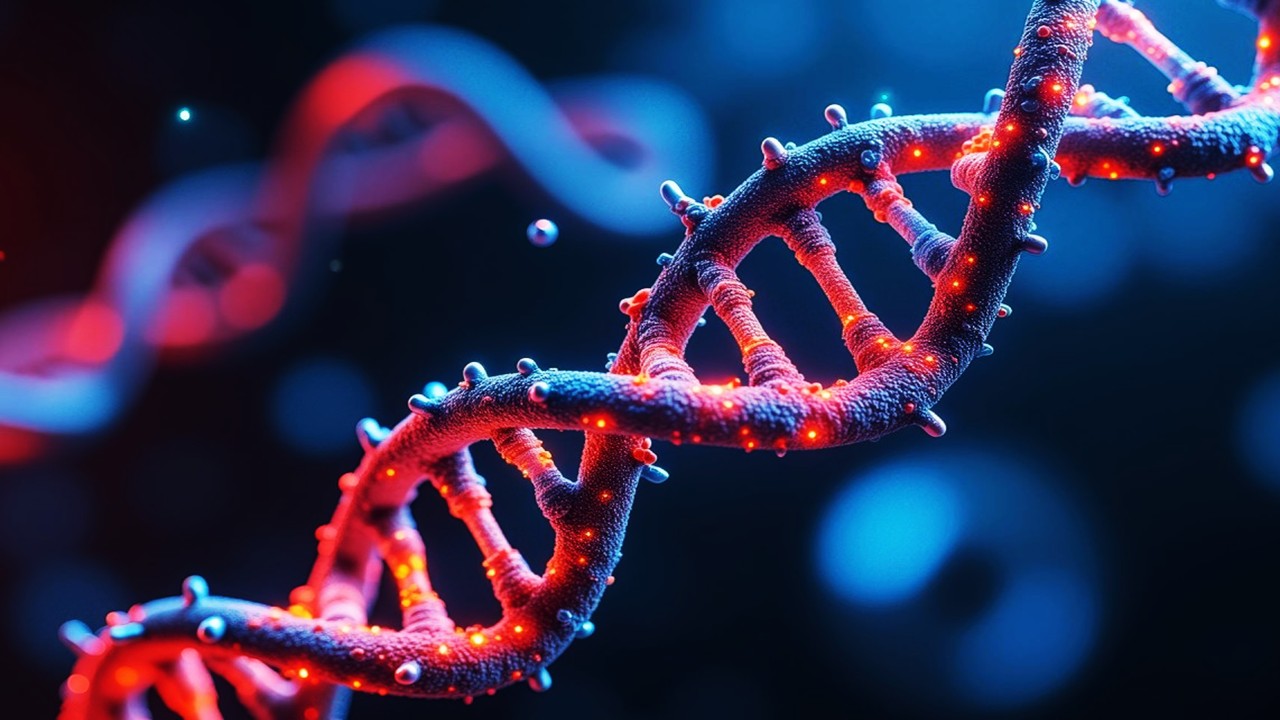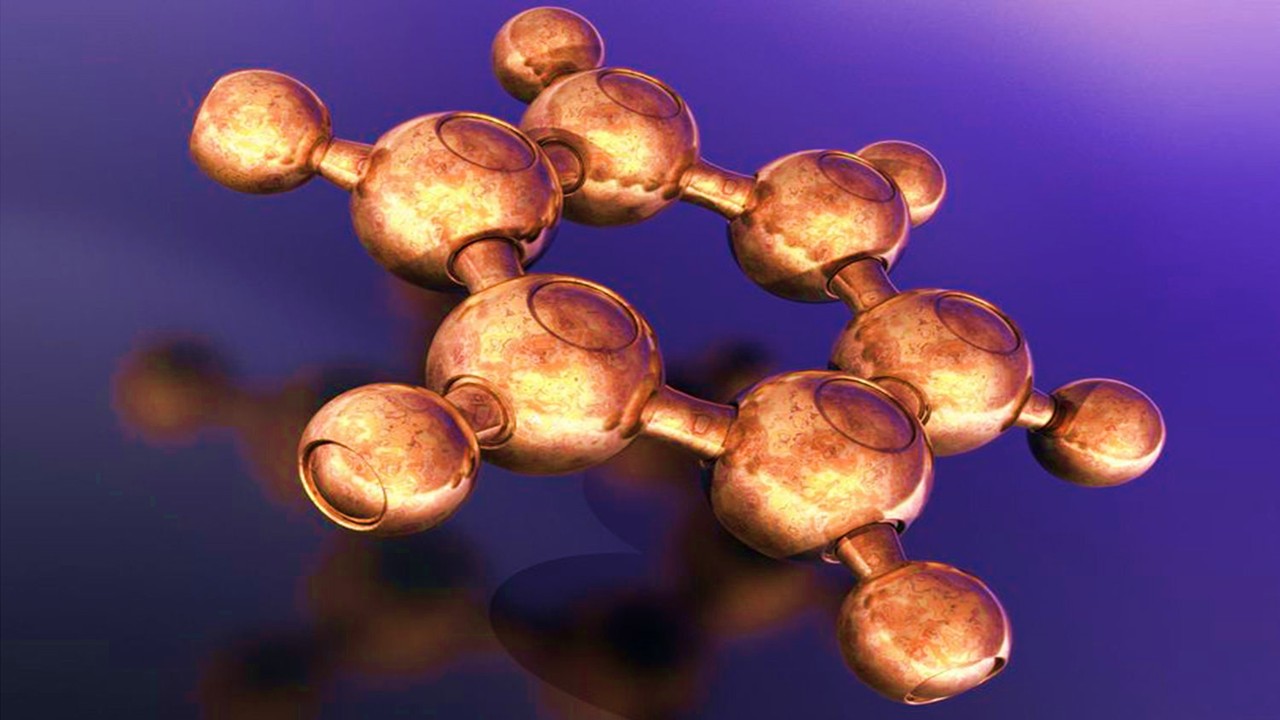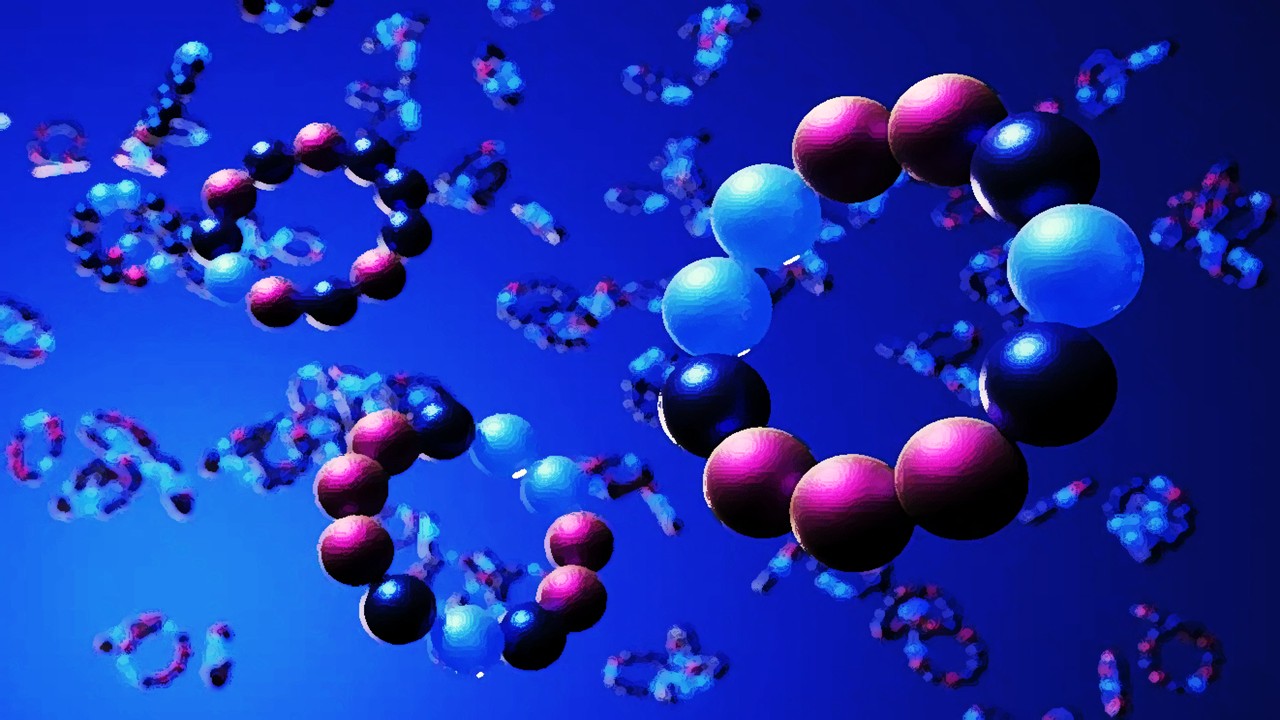The field of drug discovery has undergone a remarkable evolution, transitioning from classical methodologies to sophisticated, cutting-edge techniques. Central to this evolution is the phase of lead optimization, where initial drug candidates, identified through rigorous screening processes, are meticulously refined. This phase is crucial for transforming promising compounds into effective therapeutic agents. Lead optimization involves a comprehensive array of scientific strategies designed to enhance the pharmacological properties of a drug candidate, ensuring its efficacy, selectivity, and overall safety. This article explores the intricate details of lead optimization, emphasizing its pivotal role in advancing drug development and transforming innovative discoveries into viable therapeutic solutions.
The Essence of Lead Optimization
Lead optimization is a critical stage in drug development where medicinal chemists and researchers engage in an exhaustive process to refine and enhance the lead compound. This phase involves modifying the molecular structure to maximize desired therapeutic effects while improving key attributes such as potency, selectivity, and pharmacological characteristics. The optimization process delves deeply into various molecular interactions, including hydrogen bonding, hydrophobic interactions, and van der Waals forces, which are fundamental for the drug’s efficacy.
Hydrogen bonds, for instance, play a crucial role in stabilizing the interactions between the drug and its target. These bonds, formed between a hydrogen atom attached to an electronegative atom and another electronegative atom, facilitate the precise alignment and interaction of the drug with its target site. Similarly, hydrophobic interactions involve the tendency of non-polar molecules to aggregate in aqueous environments, which helps stabilize the drug-target complex by favoring the burial of hydrophobic regions within the target protein’s core. Van der Waals forces, though weaker, contribute to the overall binding affinity by allowing transient interactions between the drug and its target. Understanding and optimizing these interactions are essential for enhancing the drug’s binding affinity, specificity, and overall therapeutic potential.
Structure-Activity Relationship (SAR) Studies
Structure-Activity Relationship (SAR) studies are a systematic approach used to elucidate the relationship between a molecule’s structure and its biological activity. In SAR studies, researchers methodically vary the chemical substituents on a molecule to assess their impact on the compound’s efficacy against a specific biological target, such as a protein or enzyme involved in a disease process. This process involves the introduction of different functional groups or modifications to various positions on the molecule to identify which changes enhance or reduce the biological activity.
The insights gained from SAR studies allow researchers to make rational modifications to the compound’s structure. By understanding how specific structural changes affect the drug’s interaction with its target, scientists can strategically enhance the molecule’s potency and selectivity. This iterative process of modification and testing ensures that the lead compound is optimized for maximum therapeutic benefit. For example, modifications that improve the molecule’s ability to bind to the target, or that reduce off-target interactions, can lead to more effective and selective drug candidates. SAR studies are therefore fundamental in refining lead compounds and advancing them through the drug development pipeline.
Enhancing Pharmacokinetics
Pharmacokinetic enhancements are integral to lead optimization, focusing on optimizing a drug candidate’s Absorption, Distribution, Metabolism, and Excretion (ADME) properties. Each of these factors plays a critical role in determining the drug’s overall efficacy and safety profile. By strategically altering the drug’s chemical structure, scientists aim to improve how the drug is absorbed into the bloodstream, distributed throughout the body, metabolized, and ultimately excreted.
For instance, improving a drug’s solubility can significantly enhance its absorption from the gastrointestinal tract into the bloodstream. This can be achieved by modifying the drug’s chemical structure to increase its hydrophilicity or by incorporating solubilizing agents. Additionally, optimizing the drug’s metabolic stability involves modifying functional groups that are prone to rapid enzymatic degradation, thereby extending the drug’s action time and reducing the frequency of dosing. Effective optimization of ADME properties ensures that the drug maintains therapeutic levels in the body for an adequate duration while minimizing side effects and enhancing overall efficacy. This comprehensive approach to pharmacokinetics is crucial for developing drugs that are not only effective but also practical and patient-friendly.
Solubility and Hybrid Molecule Design
Solubility optimization is a critical component of lead optimization, focusing on enhancing the drug’s ability to dissolve in biological fluids. Medicinal chemists achieve this by introducing polar functional groups into the compound’s structure, which increases its affinity for water and improves its solubility. Enhanced solubility facilitates the formulation of the drug, its administration, and its absorption into the bloodstream. This is particularly important for drugs administered orally, where poor solubility can lead to inadequate bioavailability and reduced therapeutic effectiveness.
Hybrid molecule design represents an innovative strategy in lead optimization, where researchers combine structural elements from multiple lead compounds to create novel hybrid molecules. This approach leverages the strengths of various leads, resulting in compounds with improved activity and desirable pharmacological properties. By carefully selecting and integrating essential structural components from different leads, scientists aim to develop compounds that exhibit enhanced efficacy, selectivity, and overall therapeutic potential. Hybrid molecules offer the potential for greater flexibility and adaptability, enabling the development of more effective drug candidates with improved profiles.
Conclusion
The progression from traditional drug discovery to modern lead optimization represents a significant advancement in the field of pharmacology. Lead optimization is a complex and multifaceted process that involves refining drug candidates through sophisticated techniques and strategies. By employing SAR studies, pharmacokinetic enhancements, solubility optimization, and hybrid molecule design, researchers are able to push the boundaries of drug development. This integrative approach, combining classical wisdom with cutting-edge innovation, promises to unlock new therapeutic possibilities and pave the way for the development of life-saving drugs. As scientists continue to advance these techniques, the potential for discovering groundbreaking therapies and addressing previously untreatable diseases becomes increasingly attainable.
Engr. Dex Marco Tiu Guibelondo, B.Sc. Pharm, R.Ph., B.Sc. CpE
Editor-in-Chief, PharmaFEATURES

Subscribe
to get our
LATEST NEWS
Related Posts

Medicinal Chemistry & Pharmacology
Pathogenic Targeting 5.0: The Rise of RNA Therapeutics and Peptide-Based Drugs in Modern Medicine
Unlike traditional small-molecule drugs, which interact with proteins, RNA therapies modulate gene expression directly, enabling interventions at the root of disease.

Medicinal Chemistry & Pharmacology
Polarity Alchemy: Strategic Charge Manipulation in Contemporary Drug Design
The future promises tunable therapies with polarity adjustable by light, magnetic fields, or bioorthogonal triggers.













